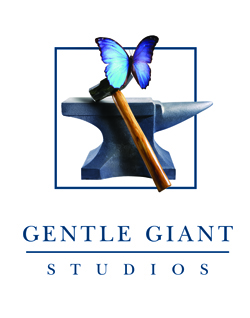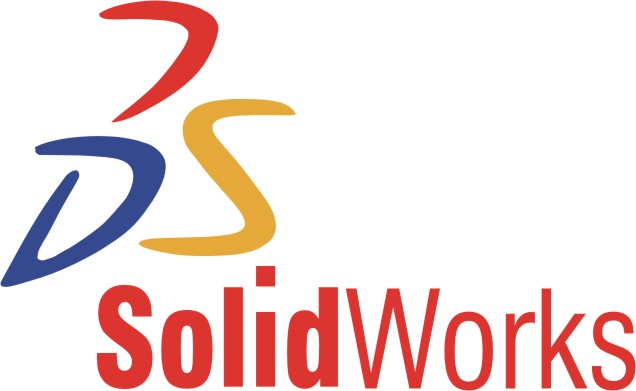Structural Department
Foam Core Iterations -


*order from left to right
Version 3.4 - Is our first design using aerodynamic frame tubes.
Version 5, 11 - is a modified version with less stress concentrations and a tight wheelbase. It was specifically designed to manufacture the front triangle and rear stay seperately.


Version 6.9 - eliminated manufacturing concept of chainstay seperation in exhange for bisecting the frame into two symmetrical halves.
Version 7.8 - minimized chainstay height to optimized chain line and integrated drop out plugs.
Final Frame Core Design - Version 8, modification 6 - "V86"
The final design:
- smoothed downtube to bottom bracket interface as well as other loft sections
- clearanced 3D chain lines
- clearanced crank and rider interferance at chain stay
- created 90 degree bucket for aero seat posts
Machined product:

Head Tube Iterations -


Headtube Version 1.1 - is a simple aluminum headtube insert designed to utilize a standard 1 1/8" fork and headset.


Headtube Version 2.1 -
- The full aluminum insert was abandoned for a carbon headtube with aluminum inserts.
- current industry has begun utilizing a tapered fork which goes from 1 1/8" dia. to 1 1/2" dia. forks for added torsional stiffness in the frame. As a result, this design was borne to accomodate changing industry standards.


Headtube Version 3.1 - this version took that idea a step further:
- allowed for different size forks between 1" and 1.5" to used in any combination thereof.
- it had become apparent that we needed different handling characteristics for the sprint and endurance events.
- 68 degree head angle for stability in sprints.
- 72 degree head angle for nimbleness in the endurance.
- Version 3.1 allows for quick accurate head angle adjustment via keyed eccentric inserts.


Headtube Version 4.1 - incorporating all the designs from V3. V4 underwent lightening process to optimize the headtubes weight for the desired factor of safety. (>2)


Headtube Version 6.1 - Due to manufacturing constraints, the design was simplified by removing the chamfer between the adjustable cups and the fixed head tube. It was compensated by tighter clearance tolerances possible by our in-house Haas CNCs. The keys were also rounded to accomodate tool shape.


Final Headtube Design Version 7.1 -
the design was further optimized for manufacturing by completely removing the key ways and replacing them with dowel pins. This also accurately prevents clocking and ensures proper head tube alignment.
Machined Product:

Carbon Fiber Tensile Test -






Carbon Fiber Tensile Test Results: Adjusted Stress vs. Strain Graph


In our Structural Department, carbon fiber coupons were manufactured to be tested on a tensile test machine to provide us a rough estimate of the real time mechanical properties of carbon fiber. The graph and table above shows the results of the carbon fiber tensile test.
First Dropout Design


Final Dropout Design


For Final Drop Out Design was optimized for weight and rider pedaling clearance. This was done by decreasing the width of the part by approximately 10 mm.
Machined Product:

Nastran/Pastran Analysis


The top image above is a Femap Mesh of our complete frame assembly and the bottom image is a strain energy plot of first mode or natural frequency.










